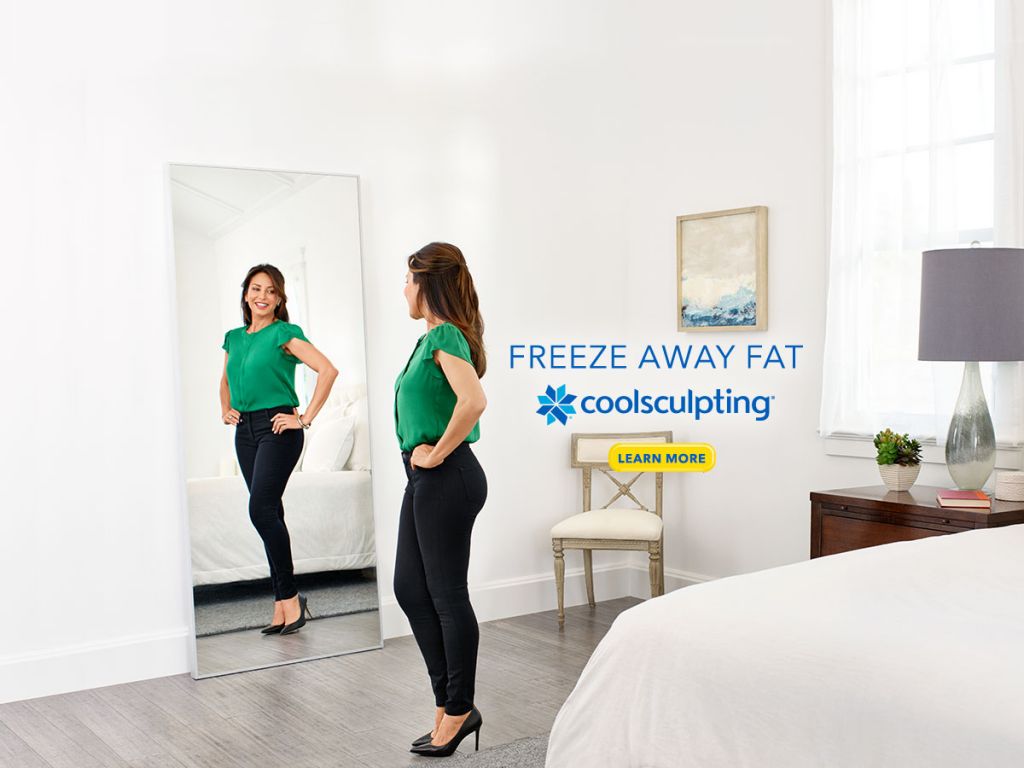
Published with courtesy of MZ Skin.
THIS IS HOW YOU SHOULD REALLY BE WASHING YOUR FACE.
Read on! We’re debunking 8 common misconceptions about how to get your face bright and squeaky clean.
Washing your face sounds like the simplest of tasks, doesn’t it? It certainly doesn’t require a great amount of brain power – or does it? There is a lot more involved with keeping your face clean than slapping on soap and water a couple times a day.
There are SO many gentle and targeted cleansers available today. They won’t strip your skin of its essential oils and live skin cells. Choosing the best anti-aging and moisturizing products allows them to be absorbed more readily into your skin, and they will help to protect it, and to hide the most prominent signs of aging.
Scrubbing with soap and splashing your face with water just isn’t the right way to cleanse your facial skin, when there are more effective ways to get a fresh face.
Myth #1: Washing your Face Twice a Day
People are still on both sides of the washing twice a day issue. However, washing the face too often and with harsh products may lead to moisture stripping and skin irritation.
Using common sense is the way to deal with facial cleansing. Wash your face after you work out, so you don’t experience breakouts. If you have oily skin, wash your face in the morning and again at night. If you have sensitive or dry skin, cleansing just once a day, before you go to bed, is the best way to go.
Myth #2: Playing Wash & Go
Cleansing your facial skin can be approached as two steps, rather than one. Any makeup should be removed before you start washing your face.
Many cleansing products won’t properly remove foundation or concealer, particularly in the area of the nose and eyes. Using an emollient wipe or oil-based makeup remover or cleansing oil will be helpful in dissolving makeup and sunscreen. Then use a dime-sized dab of cleanser and lukewarm (not hot) water to finish the cleansing process.
Myth #3: Buying Cleanser by Skin Type Alone
Regardless of your skin type, be sure that the cleanser you purchase does not contain any fragrances, which may irritate your skin. It should also be free from harsh soaps that dry the skin and parabens, which are preservatives that may be toxic. If your skin is dry, you may prefer a milky cleanser. Among the most effective are Shea butter and glycerin. If you have skin that is oily, a foaming wash will leave it feeling very clean.
Myth #4: Closing your Pores
Many people have a cleansing ritual that includes splashing with cold water to close pores or massaging their face in order to increase circulation. While you can not make pores disappear, you can make them less visible with topical treatments and cleansing.
Mild steam may be able to soften any oil that has hardened in the pores, so cleansing your face while in the shower can help. Even though massaging feels good, it actually doesn’t accomplish much in the area of cleansing but can help boost circulation.
Myth #5: Using Toner
You can balance pH levels and calm skin using a gentle toner; however, proper cleansers can help skip this step. If you happen to like the feel left by a toner, use one that is gentle and alcohol-free.
Myth #6: Scrubbing to Smooth & Exfoliate
A glycolic acid or salicylic acid cleanser is more effective and gentler to use than scrubs with a grainy consistency. Alternate these cleansers with your regular facial wash, starting with just three times per week. You can adjust up or down depending on the way your skin feels and looks.
Myth #7: Spending a Fortune
If you want to purchase products that contain antioxidants or retinol, choose products that you will leave on the skin, instead of rinsing these valuable ingredients down the drain. The ingredients are much more effective when you allow them to remain on your skin.
Myth #8: Brushing your Skin for a Healthy Glow
A brush will remove dead skin, oil and dirt more easily than your hands, and they are not as aggressive or irritating as exfoliating scrubs or cleansers. However, they don’t need to be used every night, particularly if you are applying acids or retinoids, too.
If you over-exfoliate, it can cause your skin to become inflamed. Use exfoliants only sparingly 2-3 times a week. Be sure that you rinse and then air-dry your brushes after each use, to keep them free from bacteria. Don’t forget to change the heads every few months.
Thank you to Sam Socorro who wrote this article. Sam is a guest author from Steam Shower Store and is a respected and expert voice in a plethora of health related subjects with over 10 years of writing under her belt.









